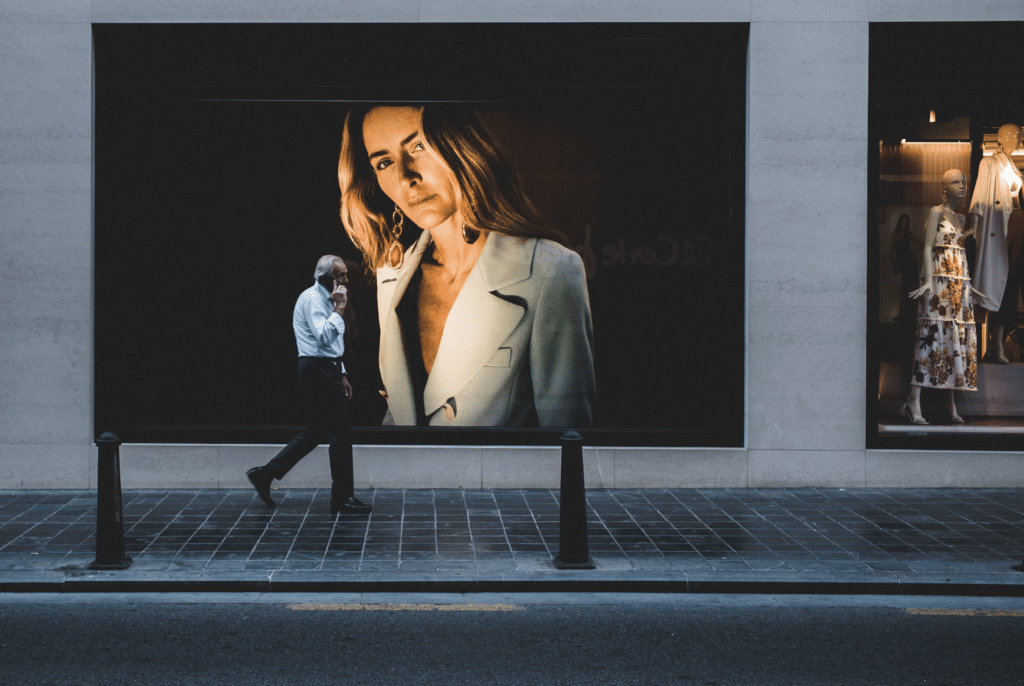Imagine for a moment a quilted Chanel bag without a centrally-placed double “C” logo. Consider a Goyard tote that is not emblazoned in the interlocking Y’s of its signature Goyardine print, or a Gucci bag without the brand’s interlocking “G.” Think of a Louis Vuitton Speedy or Neverfull bag – sans the brand’s 100-plus year old Toile Monogram, or its source-indicating Damier checkered pattern. Such branding-less bags exist (and oftentimes, are even more expensive than the logo-ed versions), but would the average consumer pay as much for handbags devoid of luxury brands’ famous trademarks as they would for an obviously branded alternative? Recent reports, including Bain’s 2024 Luxury Study, confirm that they would not.
Prominent source-identifying elements like Chanel’s “C” logo or any of Louis Vuitton’s proprietary patterns – and the goodwill associated with them – are what attract large swathes of consumers to the offerings of luxury goods companies. They are also what prompt most consumers to spend thousands of dollars for luxury goods brands’ bags (or clothes, jewelry, shoes, etc.), as opposed to any of the cheaper, lookalike offerings from mid-market entities. With this in mind, it is not difficult to discern exactly what brands in the upper echelon of the market are selling.
As distinct from companies in the business of offering up essential goods whose functional characteristics drive much of the consumer decision-making at play, luxury goods companies are somewhat uniquely positioned in that they are not merely selling products; they are more realistically in the business of leveraging their trademarks. It is the brand names, logos, distinctive product packaging, etc. and the “luxury”-centric messages associated with those marks that tend to distinguish and elevate what might otherwise be categorized as mere apparel and accessories as opposed to luxury products.
Indicating Source But Also Communicating Values
There are points to be made about the level of quality, the attention to detail, and the retail touchpoints associated with luxury goods. However, a non-negligible amount of the demand for these brands and their offerings can still be tied directly to marketing. In other words, what drives most consumer spending here can be tied directly to the messages that brands have crafted for themselves that are ultimately embodied in – and communicated to consumers by way of – the names and/or logos that appear on their products and services.
After all, with trademarks, no matter the type of product, service, or industry, there is more to the equation than simply source-indication; there is the critical element of goodwill, which refers to the reputation of the brand at issue. For the likes Chanel, Hermès, Louis Vuitton, and co., this comes in the form of associations of luxury, quality, craftsmanship, and a certain level of “exclusivity,” which are precisely the messages that these brands aim to build with multi-million ad campaigns, collaborations with artists and esteemed cultural events, partnerships with carefully-chosen celebrities, and meticulously curated in-store experiences.
The larger image or ethos that brands craft for themselves is – to a significant extent – what consumers are buying (or buying into) when they purchase a product, and many of the biggest brands in the luxury segment have been pursuing this as a business model for decades. With this in mind, the product at issue is arguably only secondary to the brand, itself, and more specifically, the story-telling, image, etc. communicated to consumers via elements of branding.
Luxury Brands in a Nutshell
Companies steadfast reliance on logos and other indicators of course – paired with the fact that most fashion brands’ business models, especially those of conglomerate-owned companies, rely heavily on more accessible items as the primary drivers of revenue – ultimately means that while brands spend significant sums on regular runway shows and ad campaigns to showcase their newest creations, fashion’s most established brands are not in the business of selling fashion, per se. They are more realistically in the business of selling their wildly valuable intellectual property, whether it appear on bags, shoes, apparel, fragrances, jewelry eyewear, or some other item or experience.
Updated
November 29, 2024
This article was initially published in June 2018 and has been updated to include a link in the first paragraph to Bain’s 2024 Luxury Study.











